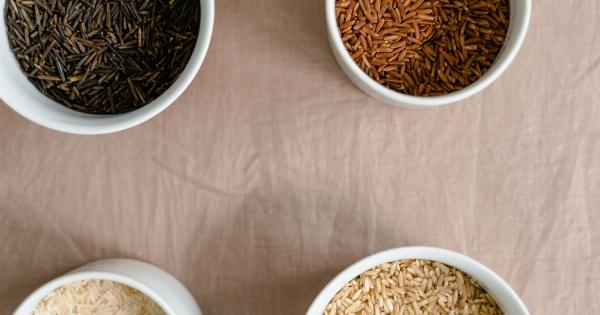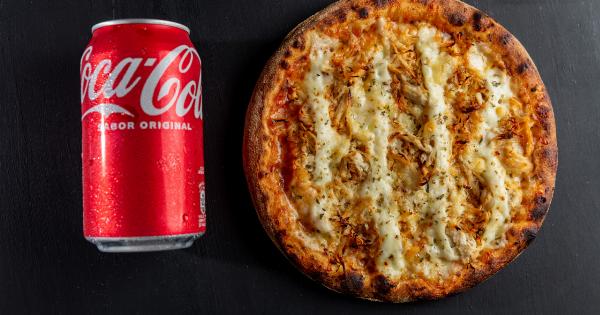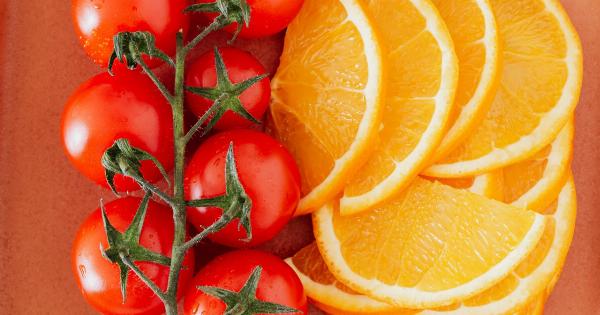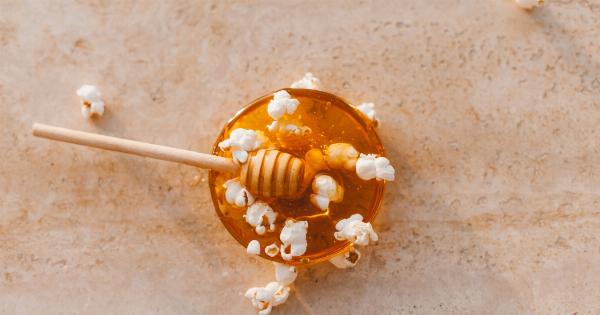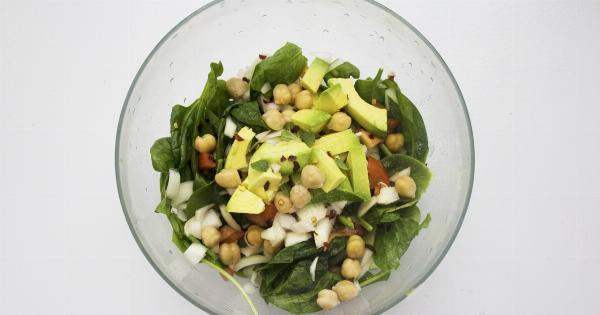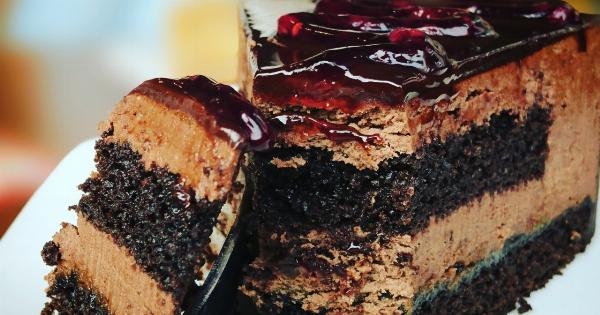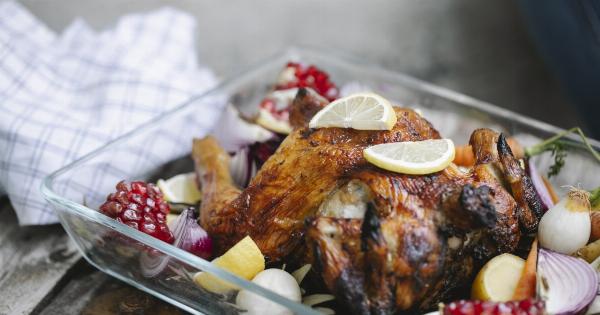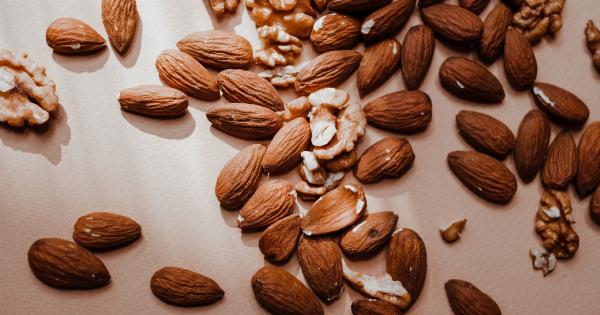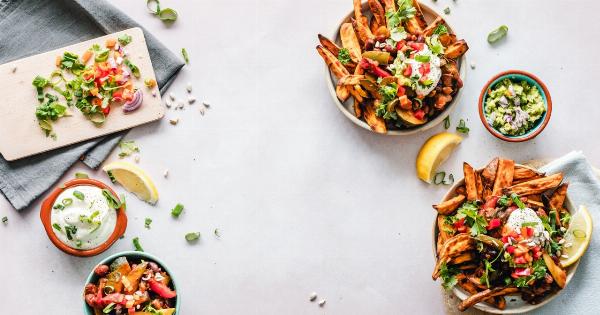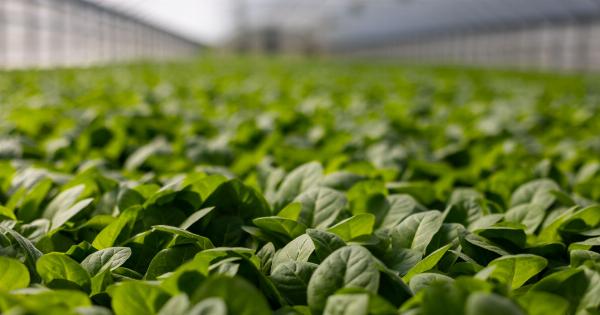Christmas dinner is a feast that everyone looks forward to. It’s a time to indulge in your favorite foods, catch up with loved ones, and make merry over clinking glasses of eggnog.
However, with the abundance of delicious dishes on the table, it’s easy to lose track of how many calories you’re consuming. Here’s a breakdown of some of the most popular items on a typical Christmas dinner menu, along with their calorie count and nutritional value.
Roast Turkey
Turkey is the centerpiece of most Christmas dinner tables and with good reason: it’s a lean source of protein that’s rich in nutrients.
A four-ounce serving of turkey (roughly the size of the palm of your hand) contains approximately 170 calories, 26 grams of protein, and three grams of fat. While turkey is a healthy option, the stuffing that’s often paired with it can add more calories to your plate. A cup of stuffing contains around 350 calories, mostly from carbs and fat, with less protein and other nutrients than turkey.
Mashed Potatoes
Mashed potatoes are a versatile and tasty side dish that often makes its way onto Christmas dinner menus. However, these creamy spuds can be loaded with calories, especially if they’re made with butter and cream.
A half-cup of mashed potatoes contains around 120 calories, five grams of fat and two grams of protein. A serving of gravy on top of the mashed potatoes can add around 50 calories and 3 grams of fat. If you’re watching your calorie intake, you can swap the cream for low-fat milk, or better yet, use cauliflower as a mashed potato substitute.
Cauliflower is lower in calories and carbs but also high in vitamin C and fiber.
Green Beans Casserole
Green bean casserole is a classic holiday side dish made with green beans, mushrooms, and creamy sauce. A typical serving of green bean casserole contains around 200 calories, 14 grams of fat and 6 grams of protein.
However, you can make a healthier version of this dish by using fresh green beans instead of canned and using low-fat milk or almond milk as a substitute for cream.
Candied Yams
Candied yams are a sweet and satisfying addition to any Christmas dinner table. These yams are often cooked with marshmallows, brown sugar, and butter. While they taste delicious, they’re also high in calories and carbs.
A half-cup of candied yams contains around 170 calories and 40 grams of carbs. If you want a healthier alternative to candied yams, consider roasting sweet potatoes with olive oil and herbs. This way, you will still get the benefits of yams without all the added sugar and calories.
Cranberry Sauce
No Christmas dinner is complete without cranberry sauce on the table. This tangy sauce is low in calories and fat but high in vitamin C and fiber. A quarter-cup of cranberry sauce contains around 70 calories and 18 grams of carbs but no fat or protein.
Just ensure any added sugar is kept to a minimum.
Pumpkin Pie
A slice of pumpkin pie is the perfect way to end your Christmas dinner on a sweet note. However, pumpkin pie is often high in calories and sugar. On average, a single slice of pie contains around 300-400 calories and more than 20 grams of sugar.
If you’re looking for a healthier dessert option, consider baking a crustless pumpkin pie or try making a fruit salad tossed with a bit of whipped cream or low-fat Greek yogurt.
Eggnog
Eggnog is a holiday classic that’s beloved by many. However, this festive drink is also high in calories and fat. A cup of eggnog can contain anywhere from 340 to 450 calories and up to 22 grams of fat.
Instead, you can try a low-fat eggnog or make your own eggnog by using coconut milk or almond milk in place of heavy cream.
Conclusion
Christmas dinner is a time to relish delicious food and enjoy the company of loved ones. However, it’s crucial to balance indulgence with healthy choices.
By being mindful of nutritional information, you can enjoy your holiday meal, while still limiting calorie intake. So, this year, go ahead and enjoy your favorite holiday dishes without overeating and keep it healthy and happy for all.







